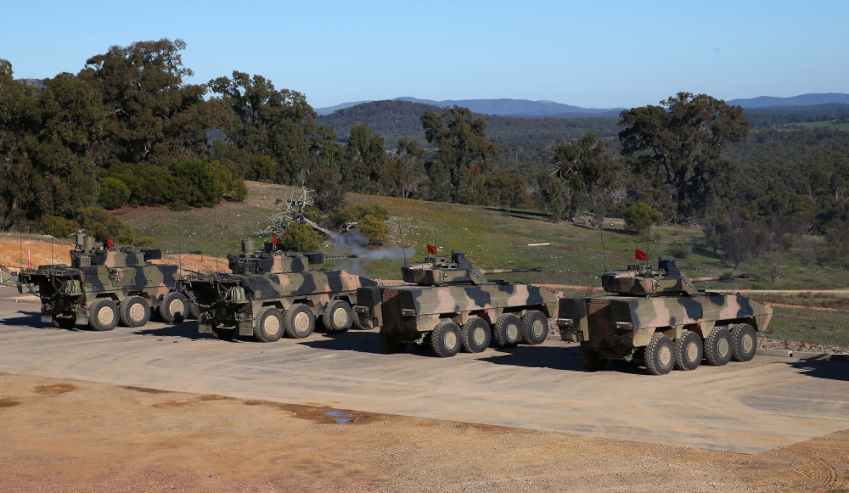The contenders have been tested to their limits, driven across impossible terrain, through water and desert, on and off ships and aircraft, and ultimately blown up to test survivability.
To continue reading the rest of this article, please log in.
Create free account to get unlimited news articles and more!
Now Defence is considering which of the two – the Rheinmetall Defence Australia Boxer CRV or the BAE Systems Australia Patria AMV35 – will be the Army’s new combat reconnaissance vehicle (CRV).
No conclusive timetable has been set for a final announcement, although the Defence Capability Acquisition and Sustainment Group (CASG) says evaluation will conclude in the first half of this year, with Defence making a submission to government for LAND 400 Phase 2 Gate Two approval.
This is a $4-5 billion project to purchase 225 CRVs to replace the Australian Light Armoured Vehicles (ASLAVs) currently in service with the Australian Army.
ASLAVs have served the Army well but are based on an early 1970s Swiss design, which is increasingly vulnerable to modern threats, including improvised explosive devices and anti-tank weapons.
Both contenders are eight-wheeled vehicles, larger than the 13-tonne ASLAV, with better armor, greater firepower and advanced electronics and datalinks.
Defence Industry Minister Christopher Pyne said both vehicles represented a significant advance in protection and capability levels for Australian soldiers.
“The Rheinmetall Boxer CRV and the BAE Systems Australia Patria AMV35 are armoured fighting vehicles with vastly improved firepower, protection and mobility than our current fleet,” he said.
Defence launched this project in 2015, settling on a shortlist of the Finnish-designed AMV35 and the German-Dutch Boxer.
Both designs underwent 12 months of “risk mitigation activities” in which they were underwent a wide range of trials.
That culminated in explosions intended to simulate mine blasts, conducted at Defence’s Proof and Experimental Establishment at Graytown, Victoria.
Explosives were detonated under the wheels and belly of both vehicles to assess crew survivability.
While Defence conducted its own assessment of the vehicles, there was another more vocal contest in the political arena – with Queensland and Victoria vying for the very significant number of jobs set to be created.
BAE Systems Australia has announced it will assemble their vehicles at Fishermans Bend, Victoria, if it wins.
Victorian politicians have campaigned hard to win this work as a replacement for their now defunct auto industry.
Rheinmetall Defence Australia says it will build in Queensland if it wins.
Queensland politicians have campaigned equally hard for the jobs to go to the sunshine state.
Whoever wins, there will be plenty of work to go around.
In late 2016, Defence conducted capability showcase workshops around Australia, with 337 Australian and New Zealand companies expressing an interest.
Both contenders have already announced an array of teaming partners.
And there’s still more under the LAND 400 program.
LAND 400 Phase 3 will replace the Army’s fleet of Vietnam War-era M113 armored personnel carriers with 450 modern infantry fighting and support vehicles.
Although upgraded, the M113s lack the protection, firepower and mobility needed on a modern battlefield.
The Army is looking for a suitable vehicle, weighing 30-45 tonnes, crew of three and six to eight dismounts and main armament of a 30-50mm gun.

 Login
Login







